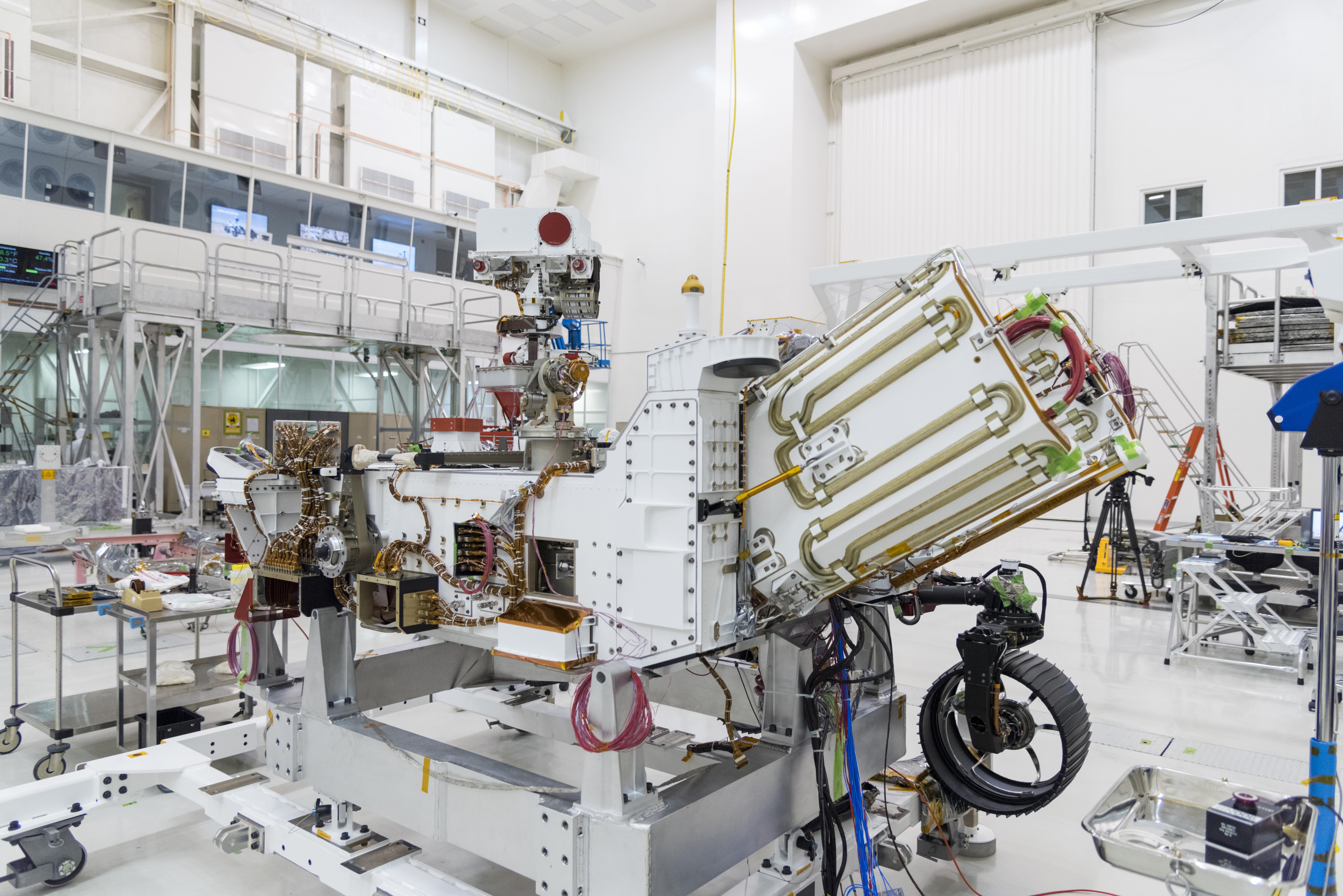
NASA’s new Mars 2020 rover is now only about a year away from the start of its mission, and another big step has been taken toward getting ready for launch: the go-ahead has been given to begin fueling the rover’s Multi-Mission Radioisotope Thermoelectric Generator (MMRTG).
The go-ahead was given by NASA’s Associate Administrator for the Science Mission Directorate, Thomas Zurbuchen.
“The progression of the Mars 2020 rover project is on schedule,” said Zurbuchen. “The decision to begin fueling the MMRTG is another important milestone in keeping to our timetable for a July 2020 launch.”
The MMRTG is one of the most essential parts of the rover, since it provides power and helps keep the rover warm. At the beginning of a mission, it is able to provide 110 watts of electrical power to a spacecraft and its science instruments. In cold environments like Mars, the excess heat can help to keep a rover or lander nice and warm inside, as well.
MMRTGs are basically nuclear batteries, converting heat from the natural decay of radioisotope materials into electricity.
Such systems have been used in 27 previous NASA missions, including the two Viking landers on Mars, the two Voyager spacecraft, the Curiosity rover on Mars and the New Horizons spacecraft that flew past Pluto and deeper into the Kuiper Belt.
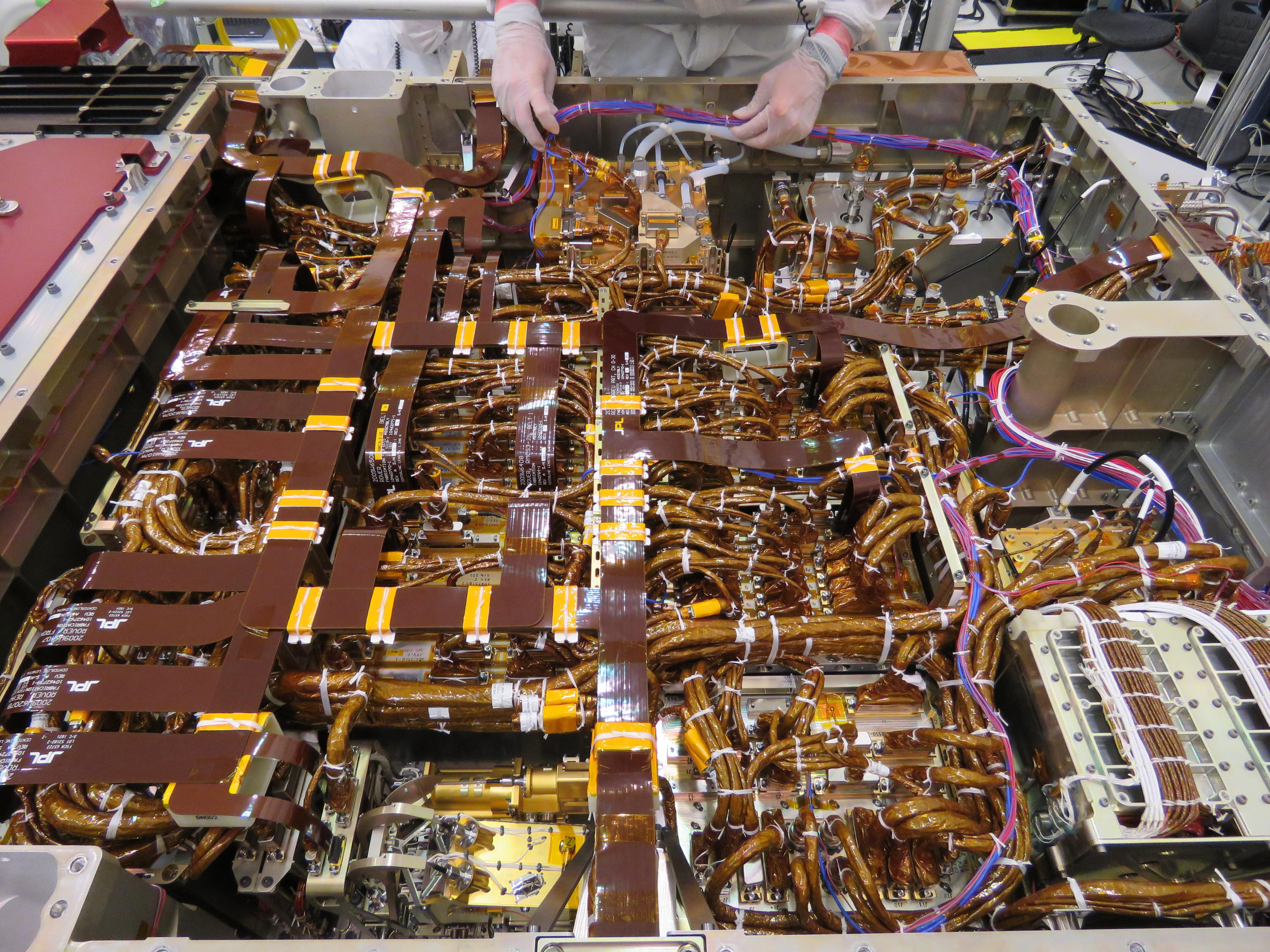
There are two major elements to the MMRTG generators: a heat source that contains plutonium-238 (Pu-238) and thermocouples that convert the plutonium’s decay heat energy to electricity.
The timing is essential, too, as the loading the heat source into the MMRTG, is timed to coincide with a mission’s launch date.
Apart from the power supply, engineers continue to make progress on the construction of the rest of the spacecraft as well.
“We are advancing on all fronts – including completion of the cruise stage that will guide us to Mars and the sky crane descent landing system that will gently lower us to the surface,” said Project Manager John McNamee of NASA’s Jet Propulsion Laboratory. “And the rover is not only looking more and more like a rover each day, it’s acting like one.”
The interior of the rover has now been completed, with only the Adaptive Caching Assembly remaining to be installed, which has seven motors and over 3,000 parts altogether.
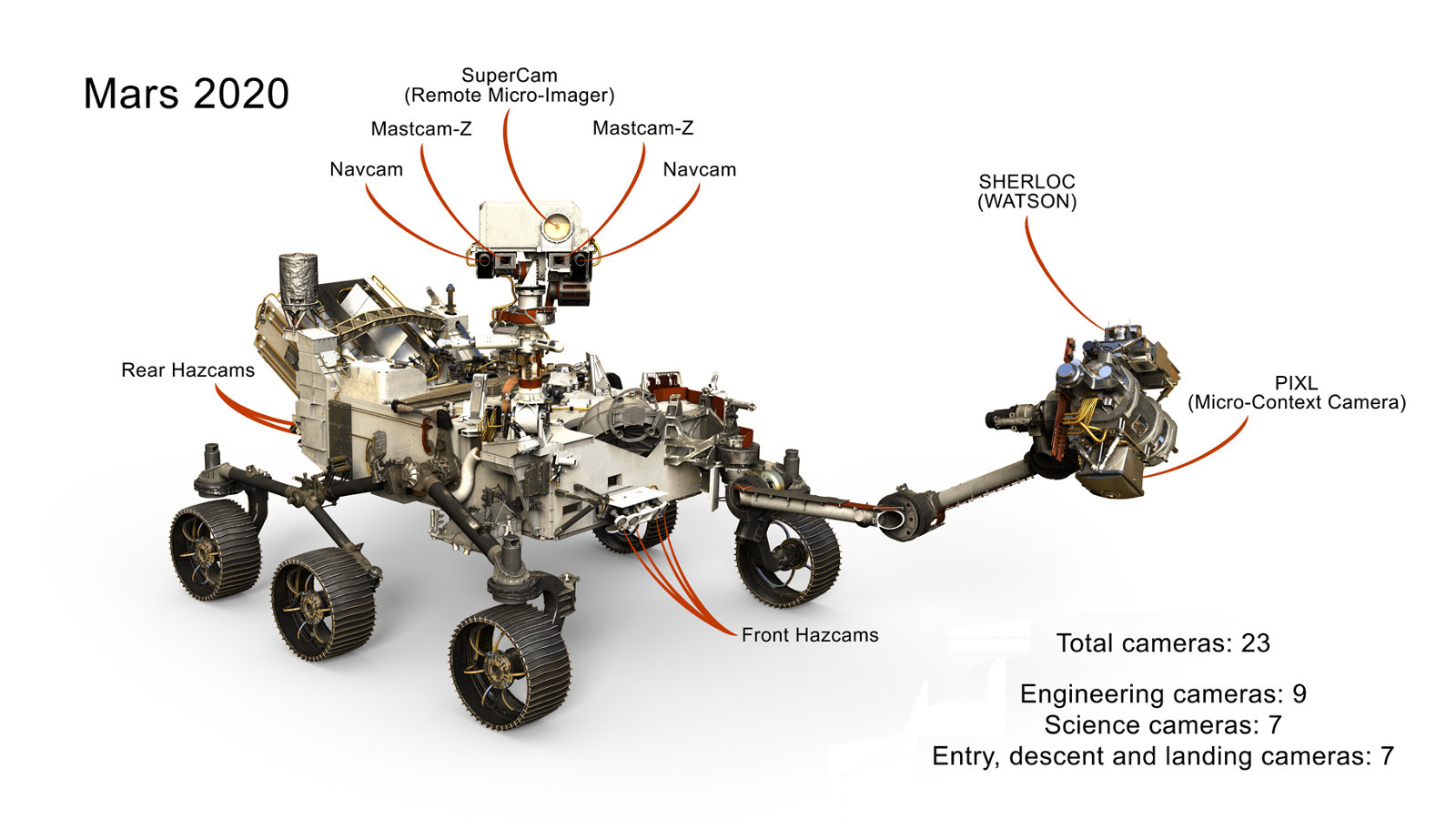
Work on the exterior of the rover continues as well, with the addition of the remote sensing mast, the mobility suspension system, the main robotic arm and the high-gain antenna. Also, the external components of the Mastcam-Z and SuperCam science instruments have been installed on the remote sensing mast, and the PIXL and SHERLOC instruments’ turret assemblies have been added onto the end of the robotic arm.
“Our Mars 2020 rover is on a historic mission – the first leg of a round trip to Mars,” said Zurbuchen. “We want everyone to come along for this extraordinary voyage, whether it’s by watching the rover’s final assembly online, literally sending your name to go to Mars or following NASA’s updates on the mission.”
Mars 2020 will launch from Cape Canaveral Air Force Station in Florida in July 2020 and land in Jezero Crater on Feb. 18, 2021. It will be able to accurately re-target its touchdown point during the landing sequence, a first in planetary exploration.
Mars 2020 is similar in design to the Curiosity (Mars Science Laboratory) rover still exploring Mars in Gale Crater. Unlike Curiosity, however, Mars 2020 will focus on searching for evidence of past life on Mars, rather than just looking for clues to previous habitable geological environments.
Curiosity was recently photographed from orbit again by the Mars Reconnaissance Orbiter, at its current location of Woodland Bay in Gale Crater. This region near the base of Mount Sharp is rich in clays, and Curiosity has been busy taking samples for analysis.
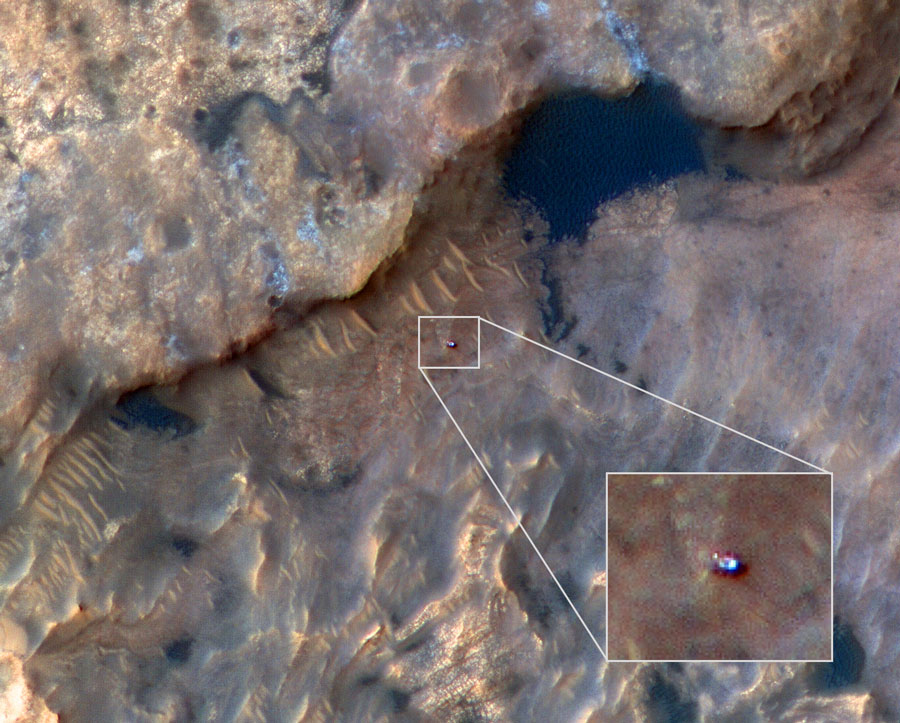
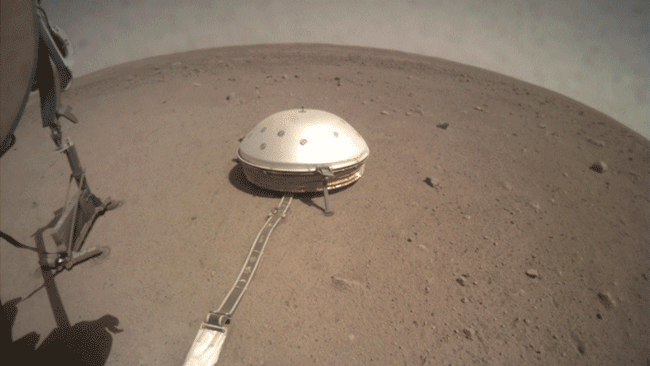
Curiosity also detected the largest puff of methane in its mission so far, last month. This still doesn’t answer whether the methane is biological or geological in origin, but it does provide more clues, including about the apparent seasonality of the gas.
The InSight lander in Elysium Planitia, meanwhile, is still monitoring the deep underground of Mars for marsquakes via its Marsquake Service. Such data can tell scientists how geologically active Mars still is (or not) below the surface.
Mission engineers also recently uncovered the self-hammering “mole,” the heat-sensing spike that the lander deployed on the Martian surface. The mole itself has been unable to dig as deep as desired, so the support structure was removed and placed to the side so that engineers have a better view of the mole, to aid in their coming up with a solution.
With Curiosity roving the ancient lakebed of Gale Crater, InSight peering into the depths of Mars and now Mars 2020 getting ready to blast off next year (along with various other international missions), Mars continues to be a busy place, and will be even more so for the next few years.
More information about the Mars 2020 rover is available on the mission website.
.
.
FOLLOW AmericaSpace on Facebook and Twitter!
.
.






It is clear that Mars remains a mystery. NASA is about to send its new robotic cart, the Mars 2020, which will seek to answer fundamental questions about the red planet, including its current and past life possibilities. It will be a big step in Mars exploration